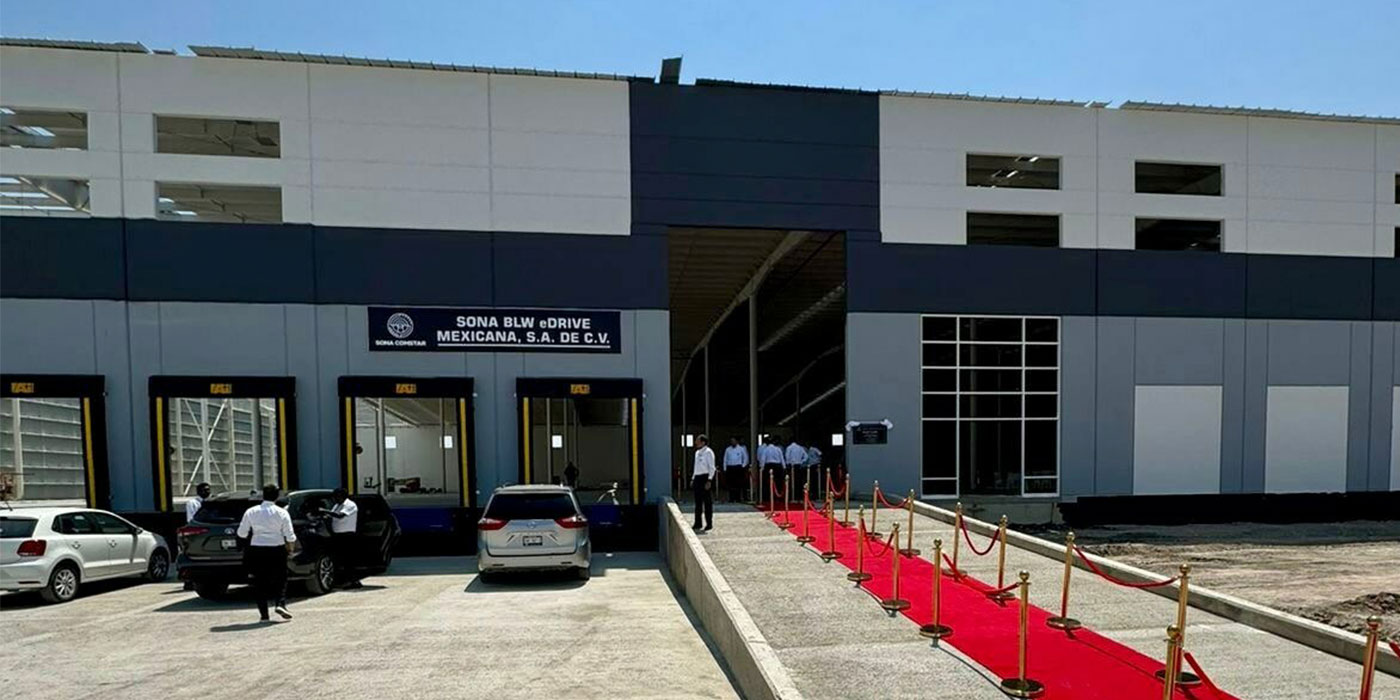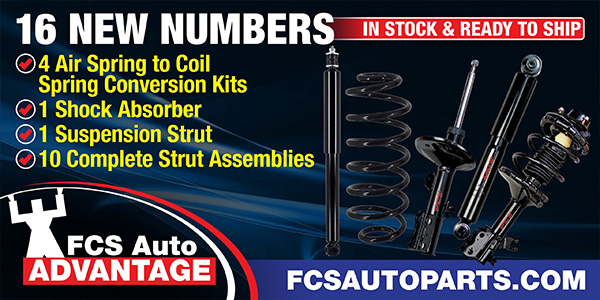A knocking noise coming from the A/C system of a 1992 Rodeo (UC) model (produced before 12/16/91, equipped with factory- or port-installed air conditioning), when the A/C is running may indicate that the A/C system is overcharged. Follow the test below to determine a possible A/C overcharge condition.
Service Procedure:
1. Start the engine and set the A/C system as follows:
• A/C switch depressed (on);
• Blower fan lever to medium-high (#3) position;
• Mode lever to “vent” position; and
• Air intake lever to “recirc” position.
2. Open the vehicle doors.
3. Warm the engine to normal operating temperature and allow it to idle for five minutes.
4. Check the sight glass on the receiver/drier for a clear condition.
5. Disconnect the A/C compressor clutch lead wire.
6. Monitor the sightglass for a liquid level drop. The drop will appear as bubbles in the sightglass. Record the amount of time from compressor shutoff until the first sign of bubbles in the sightglass. This is the “drop time.”
7. Repeat the above test three more times, allowing the A/C system to run for about 30 seconds between each test.
8. If the average drop time of the four tests is above 50 seconds, or if drop times in all four tests are above 30 seconds, the A/C system is overcharged.If this is the case, the refrigerant should be recovered and the correct amount of refrigerant (2.2 lbs.) charged to the system.
9. Reconnect the A/C compressor clutch lead wire.
Courtesy of Mitchell 1.
For additional information, visit www.mitchell1.com.













